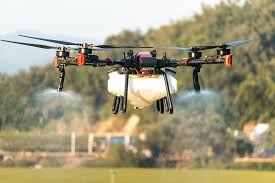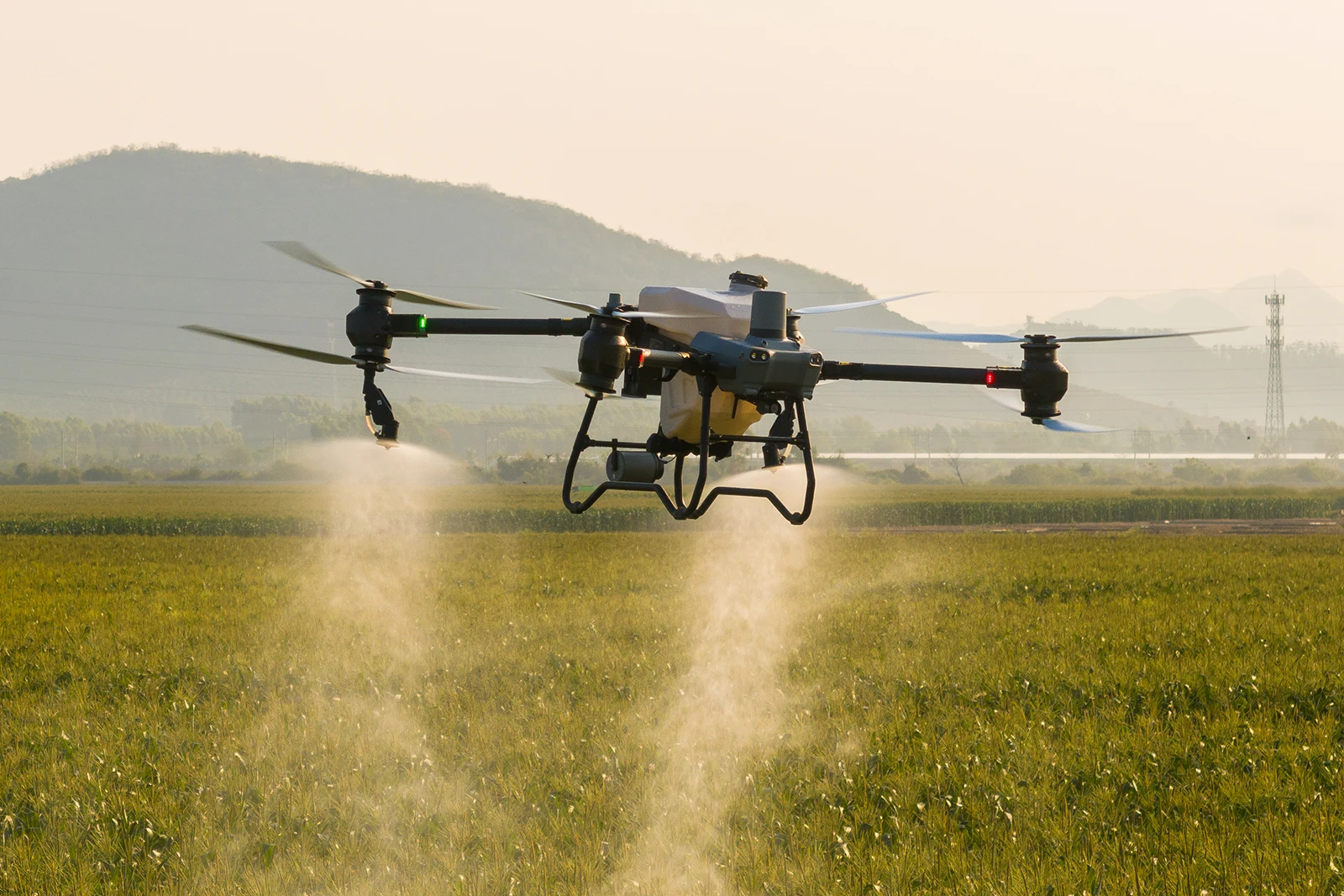DJI T50 vs XAG P150: Best Agricultural Drone for Seeding and Spraying in Australia in 2025
- Milad Mir

- Mar 14
- 4 min read
Updated: Apr 5
Agricultural drones have become essential tools for modern farming, enabling precision spraying, efficient crop monitoring, and improved yields.
Two of the most popular models in the market are the DJI T50 and the XAG P150. Both drones are designed to meet the demands of precision agriculture, but they cater to slightly different needs. In this detailed comparison, we’ll break down the key features, performance, and value of the DJI T50 and XAG P150 to help you decide which drone is the best fit for your farming operations.
1. Design and Durability: Built for Tough Farming Conditions
When it comes to agricultural drones, durability is crucial. Both the DJI T50 and XAG P150 are designed to withstand harsh farming environments, but they have distinct design philosophies.
DJI T50: The DJI T50 features a modular and foldable design, making it easy to transport and deploy in the field. Its robust construction ensures it can handle heavy workloads, and the dual-axis gimbal system provides stability during spraying operations. The T50 is built for large-scale farming, with a focus on efficiency and reliability.
XAG P150: The XAG P150 is known for its sleek, industrial design and lightweight carbon fibre body. This makes it durable yet easy to manoeuvre. The P150 is designed with accessibility in mind, allowing farmers to perform quick maintenance and repairs without specialized tools.
2. Payload Capacity and Spraying Efficiency
Payload capacity and spraying efficiency are critical factors for farmers looking to maximize productivity.
DJI T50: The T50 comes with a 50-liter liquid tank and a 70-liter hopper for granular applications. Its high-capacity centrifugal spraying system ensures even distribution, covering up to 21 hectares per hour. This makes it ideal for large farms that require high-speed, high-volume operations.
XAG P150: The P150 has a 40-liter liquid tank and a 50-liter hopper for granular applications. Its dual-pump spraying system delivers precise coverage, with a maximum coverage of 18 hectares per hour. The P150 also features variable-rate application technology, which adjusts spraying based on crop needs, making it highly efficient for targeted applications.
3. Flight Performance and Battery Life
Flight performance and battery life are key considerations for uninterrupted farming operations.
DJI T50: The T50 is powered by DJI’s advanced flight control system, ensuring stable performance even in windy conditions. It offers a maximum flight time of 24 minutes with a full payload and supports quick battery swapping for continuous operation.
XAG P150: The P150 features XAG’s proprietary flight control system, providing smooth and accurate navigation. It offers a flight time of up to 22 minutes with a full payload and also supports fast battery swapping to minimize downtime.
4. Smart Features and Technology
Both drones are equipped with advanced technology to enhance farming efficiency.
DJI T50: The T50 runs on DJI’s Agras 3.0 operating system, which includes features like terrain following, obstacle avoidance, and AI-powered crop analysis. It also supports RTK (Real-Time Kinematic) positioning for centimetre-level accuracy, ensuring precise spraying and mapping.
XAG P150: The P150 uses XAG’s XPlanet operating system, which offers similar features such as terrain mapping, obstacle detection, and AI-based crop monitoring. A standout feature is its XAI technology, which optimizes spraying patterns for maximum efficiency.
5. Price and Value for Money
Budget is a significant factor when choosing an agricultural drone.
DJI T50: The T50 is a premium drone with a higher price tag, reflecting its advanced features and larger payload capacity. It’s an excellent investment for large-scale farmers who need high efficiency and reliability.
XAG P150: The P150 is slightly more affordable, making it a great option for medium-sized farms or farmers looking for a balance between cost and performance. Its precision spraying technology offers excellent value for money.
6. Ecosystem and Customer Support
A strong ecosystem and reliable customer support are essential for long-term use.
DJI T50: DJI has a well-established ecosystem, including accessories, software tools like DJI Terra, and a global network of customer support centres. The T50 integrates seamlessly with other DJI agricultural products.
XAG P150: XAG also offers a comprehensive ecosystem, including the XPlanet app and a variety of accessories. The company is known for its strong customer support and service centres worldwide.
DJI T50 vs. XAG P150: Which Should You Choose?
Choose the DJI T50 if:
- You operate a large-scale farm.
- You need maximum payload capacity and high coverage efficiency.
- You want access to a well-established ecosystem and advanced features like AI crop analysis.
Choose the XAG P150 if:
- You run a medium-sized farm or need precision spraying.
- You’re looking for a cost-effective solution with advanced technology like XAI.
- You value lightweight design and ease of maintenance.
Final Thoughts
Both the DJI T50 and XAG P150 are top-tier agricultural drones that can significantly enhance your farming efficiency. The DJI T50 is ideal for large-scale operations, while the XAG P150 excels in precision and affordability. Consider your farm size, budget, and specific needs to make the best choice.
For more info:



Comments